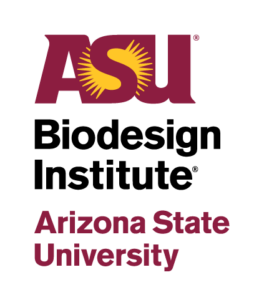Brenda Hogue is Professor, Biodesign Center for Immunotherapy, Vaccines and Virotherapy and Associate Faculty,at the Biodesign Center for Applied Structural Discovery. Just a week after the first U.S. case of the new coronavirus was confirmed in Washington state, Hogue and ASU Biodesign Institute and School of Life Sciences researchers , Bert Jacobs and Qiang “Shawn” Chen began efforts toward developing a coronavirus vaccine. (Image Courtesy of ASU Biodesign Institute)
Brenda Hogue is a molecular biologist who studies how viruses replicate and assemble and how they impact host cells, ultimately contributing to disease. Her goal is to understand the molecular biology of a virus in order to identify targets for antiviral therapeutics and vaccine development.
Hogue’s research focuses on protein structure-function studies of viruses that assemble at intracellular membranes, mainly coronaviruses. Her findings are applied to development of vaccine platforms against the severe acute respiratory (SARS) and recently emerged Middle East respiratory (MERS) coronaviruses.
The Hogue lab at the ASU Biodesign Institute uses state-of-the-art molecular approaches and bioimaging (confocal and electron microscopy) to understand the mechanistic processes of virus assembly and replication. Their viral protein and virus structure studies employ x-ray crystallography and a new ultrafast, pulsed x-ray free-electron laserat the SLAC National Accelerator Laboratory at Stanford.
 TRIF and the Biodesign Institute at ASU
TRIF and the Biodesign Institute at ASU
In 2000, a twenty-year, six-tenths of a cent sales tax increase, authorized by passage of Proposition 301, created the Technology and Research Initiative Fund (TRIF). This substantial investment in higher education has provided essential support and expansion of the Arizona University System’s (Arizona State University, Northern Arizona University, and the University of Arizona) research infrastructure.
ASU made the considered decision to invest the bulk of its TRIF allocation in bioscience and related technology areas through the formation of the Biodesign Institute. In 2002, ASU made a strategic commitment to establish the Biodesign Institute as a flagship initiative to advance its scientific research and development capabilities. Research competitiveness would be augmented in a way that would not simply replicate what other top research universities had done, but rather, set up a new gold standard for the American research university.

